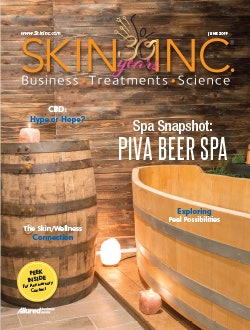
Glowing skin signifies radiant health, vitality and youth, and helps us face the world with more confidence. So, it’s no wonder humankind across all cultures and regions have been searching for ways to improve the skin’s appearance throughout the ages. As we search for new, fresh modalities to assist our clients in achieving youthful, healthy and more beautiful looking skin, there’s one technique that has consistently emerged throughout history as a top choice for rejuvenating the skin—the chemical peel.
This time-tested modality has come a long way. Consider the days in ancient Egypt, where enzymatic agents were first explored as a way to heal and repair the skin, or the 1800s to 1900s when dermatologists began wielding the rejuvenating and brightening properties of salicylic acid, resorcinol, phenol and trichloroacetic acid. Indeed, acids and enzymes have long been used to non-invasively repair and regenerate the skin.
Today, peel formulas have advanced to the point of being safe for most everyone’s skin and can be tailored to treat specific skin challenges, like photoaging, acne, pigmentation and other skin challenges.
Digital Edition Link:

We've got you covered on knowing everything you need to know about peeling in our digital edition!
Read More in the Digital Edition!












